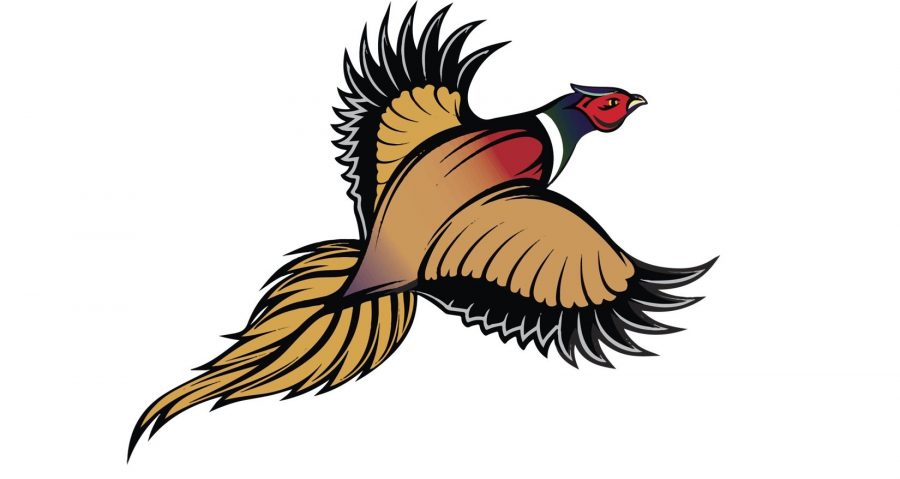Be it ice storms in May or clear and sunny skies in December, South Dakota residents aren’t strangers to extreme weather; neither is South Dakota wildlife.
“Looking at the weather right now, we’re off to a record cold April,” said Travis Runia, senior upland game biologist for Game Fish and Parks.
The snow is getting in the way of pheasants’ ability to nest, which may contribute to the state bird’s decade-long population decline.
The state pheasant population has dropped by 45 percent since 2016 — 65 percent lower than the 10-year average. Results from hunting have mirrored the decline. In 2007, the estimated pheasant bag was more than 2 million birds. In 2017, it was just more than 1 million, according to South Dakota Game, Fish and Parks.
Unseasonably cold weather will have an immediate effect on animal populations, but a decrease in government-reserved land for wildlife and destruction of natural habitats will have a lasting impact on both game animals and nongame species across South Dakota.
Many factors contribute to the last decade of pheasant decline, Runia said. One of those is extreme weather, such as droughts and harsh winters, but a large factor is the loss of Conservation Reserve Program land.
CRP land is set aside by ranchers and farmers at the behest of the federal government to preserve the local wildlife population. In South Dakota, the land gives many species, including upland birds, deer and waterfowl, a suitable habitat.
Since 2007, South Dakota has lost roughly 700,000 acres of its CRP land due to the way it has been distributed by the government. Areas with highly erodible land are favored more than places like South Dakota, Runia said.
Many different species of animals benefit from farm bill programs like CRP, including the monarch butterfly, said Eileen Dowd Stukel, wildlife diversity coordinator of South Dakota Game, Fish and Parks.
In June 2019, the U.S. Fish and Wildlife Service will determine whether or not the monarch will be put on the endangered species list.
To avoid the “demise of the monarch,” Stukel and South Dakota Game, Fish and Parks is working alongside other companies and Midwestern states on a monarch butterfly management plan.
According to a draft of the Mid-America Monarch Conservation Strategy, the most pressing issues facing the monarch are the loss of milkweed and nectar resources across the central United States, both of which are integral to monarch migration and reproduction.
To combat this, preservation organizations are communicating with each other to combine resources and push back the declining monarch population.
“Our agency is doing plantings, both in our parks and game production areas,” Stukel said. “Pheasants Forever is very active with pollinator work, the U.S. Fish and Wildlife Service … and then you have individuals just doing community plots, and people are doing a lot of educational programs.”
Even though CRP is important and benefits wildlife, it doesn’t fully replace an animal’s natural habitat, and the expansion of farming, wind farms and cities can destroy important habitats that cannot be replicated.
“Prairie land is being converted at alarming levels both in eastern South Dakota and also western South Dakota,” Stukel said. “Even as you develop around prairie, it allows the introduction of a lot of species — weeds, Kentucky bluegrass and other really aggressive, exotic species.”
Game, Fish and Parks contracted ecologists to examine some remaining important prairies in north central South Dakota. They discovered the prairies are overrun with exotic species and had lost some of their functionality.
There is no clear-cut answer to save native prairie habitat, Stukel said. It’s a “continuum” of balancing the needs of industry and those of wildlife.



















